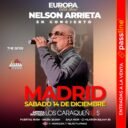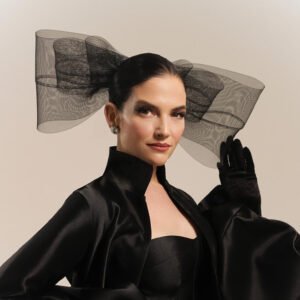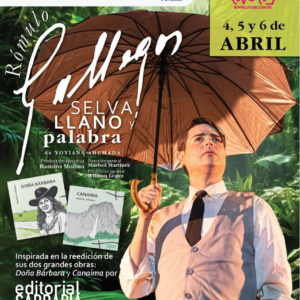Entre la mesura del blanco y del negro, y los matices infinitos del gris, siete artistas panameños se reúnen en una muestra que privilegia la contención por encima del exceso, el susurro por encima del grito. 7 Negro, Blanco, Gris propone un territorio común desde la economía cromática, donde lo esencial de cada lenguaje emerge con fuerza serena. Esta exposición es una reflexión visual sobre el silencio, la forma y la memoria, en tiempos donde mirar con calma es un acto urgente.

Hay exposiciones que no gritan. Que no necesitan del estruendo cromático para hacerse notar. 7 Negro, Blanco, Gris, que se presenta en la actualidad en Galería Habitante, es una de ellas. Al deslizarse por la mirada como una brisa contenida, con la elegante contundencia de lo que no busca impresionar, sino insinuar. Aquí, la ausencia de color se convierte en el lenguaje común de siete artistas panameños—Enrique Jaramillo Barnes, Mónica Lokan, Amir Lucky, Braulio Matos, Eduardo Navarro, Gennaro Rodríguez y Gabriel Wong— que, lejos de uniformarse, encuentran en la escasez de pigmento una forma de libertad interior.

Braulio Matos
Como los días de la semana, las notas de la escala musical, o los colores del arcoíris que aquí se ausentan para dejar paso a otra luz, el siete representa la totalidad, la plenitud alcanzada tras el recorrido. Y es esa sensación de totalidad, de diálogo entre diferencias contenidas, lo que emana de esta exposición, que parece completarse en la multiplicidad de siete miradas diversas reunidas bajo la promesa de una paleta restringida, para componer, entre el negro, el blanco y el gris, una sinfonía silenciosa.
La poética de la moderación es el terreno común de esta muestra, donde la contención cromática no limita, sino que abre. Lejos del estrépito de los colores vivos, las obras aquí se sostienen en una vibración más baja, más íntima, donde lo esencial gana presencia. El negro, el blanco y los múltiples matices del gris operan como afinadores de la mirada, llevándonos a lo profundo del gesto, al contorno que se insinúa, a la atmósfera que se suspende.

AMIR LUCKY
Amir Lucky lleva consigo la memoria del graffiti, pero la somete a un estado de suspensión. Sus personajes, escapados del cómic, se diluyen en fondos que son más bien ecos urbanos, muros gastados, esquinas donde la historia se despinta. Hay algo melancólico en su gesto: como si el trazo rebelde del grafitero recordara ahora, con contención, su origen de calle, su grito atrapado en la tinta apagada. Lucky no necesita colores vivos para dinamitar la superficie: basta su trazo rápido, su humor gráfico contenido y la tensión entre figura y ausencia.

Enrique Jaramillo
Enrique Jaramillo, en cambio, es un anatomista del plano. Sus figuras humanas —anónimas, universales— parecen moverse en una dimensión que ha sido cortada y recompuesta. El cómic en él no irrumpe, sino que susurra. Está ahí, en los bordes, en la estructura narrativa que sostiene su obra como un esqueleto silencioso. Y al mismo tiempo, sus composiciones hacen guiños al arte moderno: hay algo de Mondrian en sus cuadrantes y un eco cubista en la descomposición simultánea de lo visible. Jaramillo juega con la profundidad, pero en lugar de hundirse, la eleva, la pliega, la deja suspendida.

Gabriel Wong
Gabriel Wong, por su parte, tiende un puente entre identidades. Su obra evoca el Canal de Panamá: símbolo de cruce, de conexión entre geografías y culturas. Hijo de la diáspora china en suelo panameño, sus composiciones parecen buscar un equilibrio entre raíces y pertenencias. En sus lienzos, la naturaleza se mezcla con la historia, y lo simbólico con lo matérico, en una suerte de flujo constante que remite al agua y a la memoria, como si cada trazo fuera un umbral entre dos mundos.

Mónica Lokan
Mónica Lokan y Gennaro Rodríguez se mueven con soltura en los terrenos de la abstracción. Sus obras evocan formas orgánicas que, sin ser figurativas, remiten a lo vegetal, a lo que crece desde lo interno, desde una pulsión silenciosa. Braulio Matos y Eduardo Navarro, en cambio, apuestan por la fuerza expresiva de lo zoomorfo. Sus figuras parecen emerger de una mitología personal donde el animal es fuerza, símbolo y movimiento. Cada uno, desde su lenguaje, mantiene viva la tensión entre forma y fondo, entre contención y energía.
Así se despliega esta muestra, como una constelación de voces que, sin renunciar a sus singularidades, encuentran armonía en la limitación cromática. 7 Negro, Blanco, Gris, no busca impresionar, sino insinuar. En estos tiempos de saturación visual, esta muestra se siente como un susurro necesario, que nos invita a detenernos, a mirar de cerca, a dejarnos envolver por la textura del silencio visual, donde las obras comienzan a hablar.

7 Black, White, Grey
A Reflection on the Exhibition at Galería Habitante
Between the restraint of black and white, and the infinite nuances of grey, seven Panamanian artists come together in an exhibition that privileges containment over excess, whisper over shout. 7 Black, White, Grey proposes a shared territory through chromatic economy, where the essence of each visual language emerges with serene strength. This exhibition is a visual reflection on silence, form, and memory—in a time when looking calmly is an urgent act.
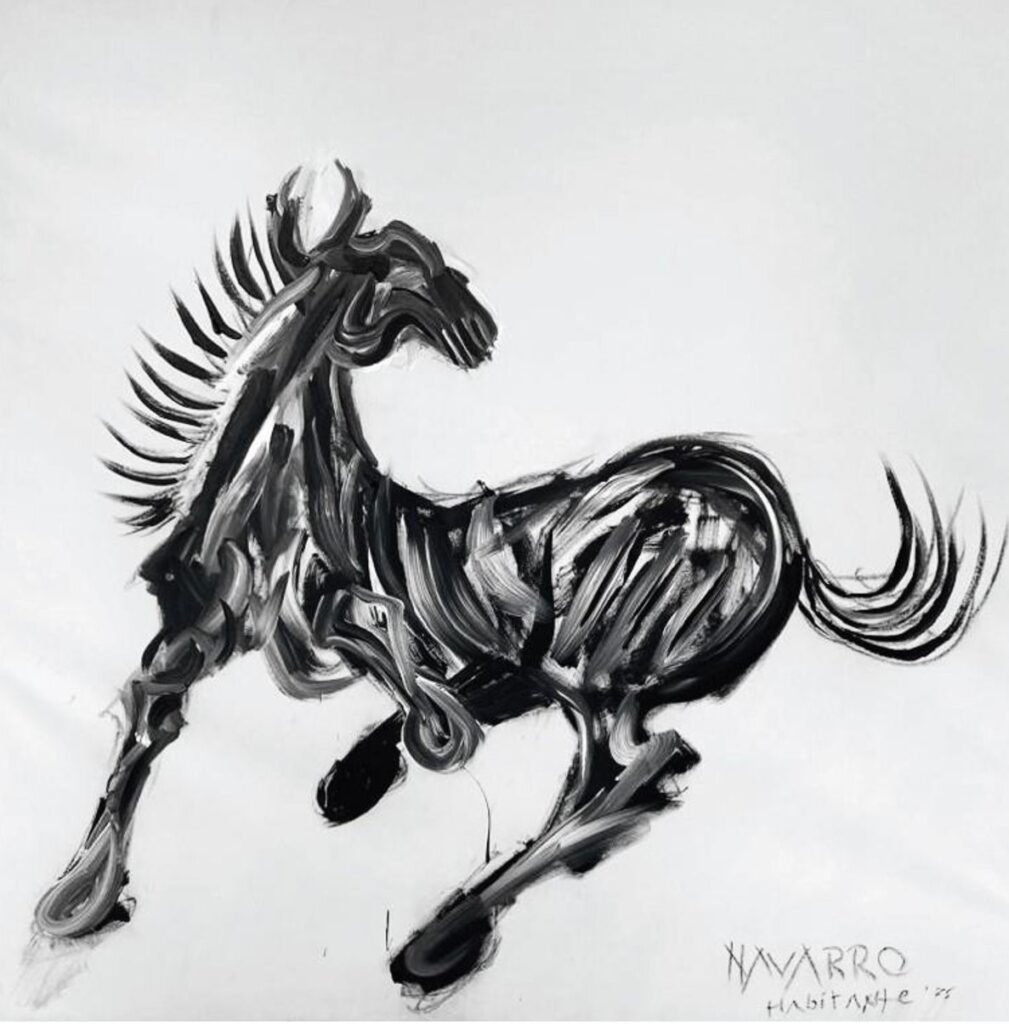
Eduardo Navarro
There are exhibitions that do not shout. That do not need the chromatic outburst to be noticed. 7 Black, White, Grey, currently on view at Galería Habitante, is one of them. It slides across the gaze like a contained breeze, with the elegant force of what does not seek to impress, but rather to suggest. Here, the absence of color becomes the common language of seven Panamanian artists—Enrique Jaramillo Barnes, Mónica Lokan, Amir Lucky, Braulio Matos, Eduardo Navarro, Gennaro Rodríguez, and Gabriel Wong—who, far from becoming uniform, find in the scarcity of pigment a form of inner freedom.
Like the days of the week, the notes of the musical scale, or the colors of the rainbow that here step aside to allow another kind of light, the number seven represents totality, the fullness achieved after a journey. And it is that sense of completeness, of dialogue among restrained differences, that emanates from this exhibition, which seems to resolve itself in the multiplicity of seven diverse perspectives gathered under the promise of a limited palette, composing, between black, white, and grey, a silent symphony.
The poetics of moderation is the common ground of this show, where chromatic restraint does not limit, but opens. Far from the clamor of vibrant colors, the works here are sustained in a lower, more intimate vibration, where the essential comes forward. Black, white, and the many shades of grey act as refiners of vision, leading us to the depth of gesture, to contours that only suggest themselves, to atmospheres that seem to hover.
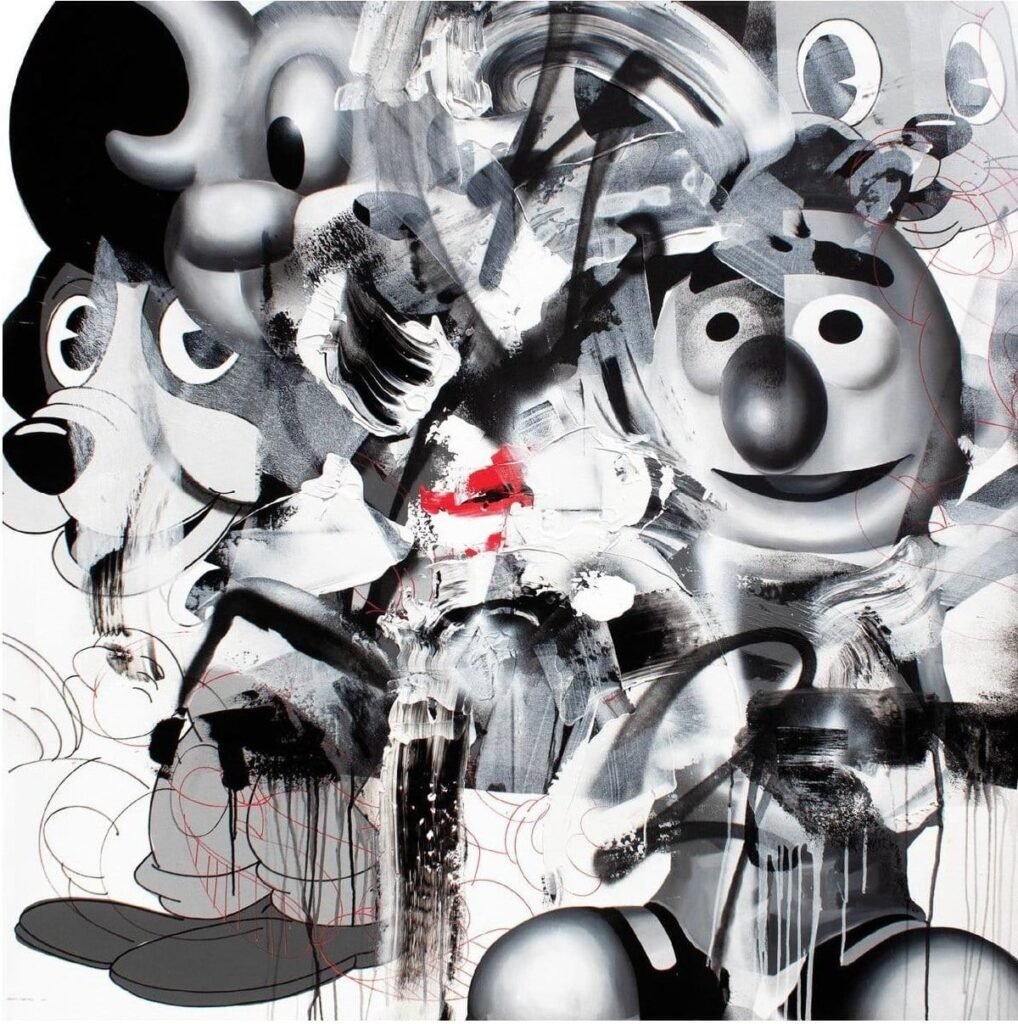
AMIR LUCKY
Amir Lucky carries within him the memory of graffiti, but submits it to a state of suspension. His characters, escaped from comics, dissolve into backgrounds that feel more like urban echoes—worn walls, corners where history fades. There is something melancholic in his gesture: as if the rebellious stroke of the graffiti artist now remembers, with restraint, its street origins, its shout trapped in faded ink. Lucky does not need bright colors to shake the surface: his swift lines, his restrained graphic humor, and the tension between figure and absence are enough.

Enrique Jaramillo
Enrique Jaramillo, on the other hand, is an anatomist of the picture plane. His human figures—anonymous, universal—seem to move within a dimension that has been cut and reassembled. Comics in his work do not burst in; they whisper. They are there, at the edges, in the narrative structure that holds his compositions like a silent skeleton. At the same time, his work nods to modern art: there’s a touch of Mondrian in his grids, and a Cubist echo in the simultaneous breakdown of the visible. Jaramillo plays with depth, but instead of diving into it, he lifts it, folds it, and keeps it suspended.
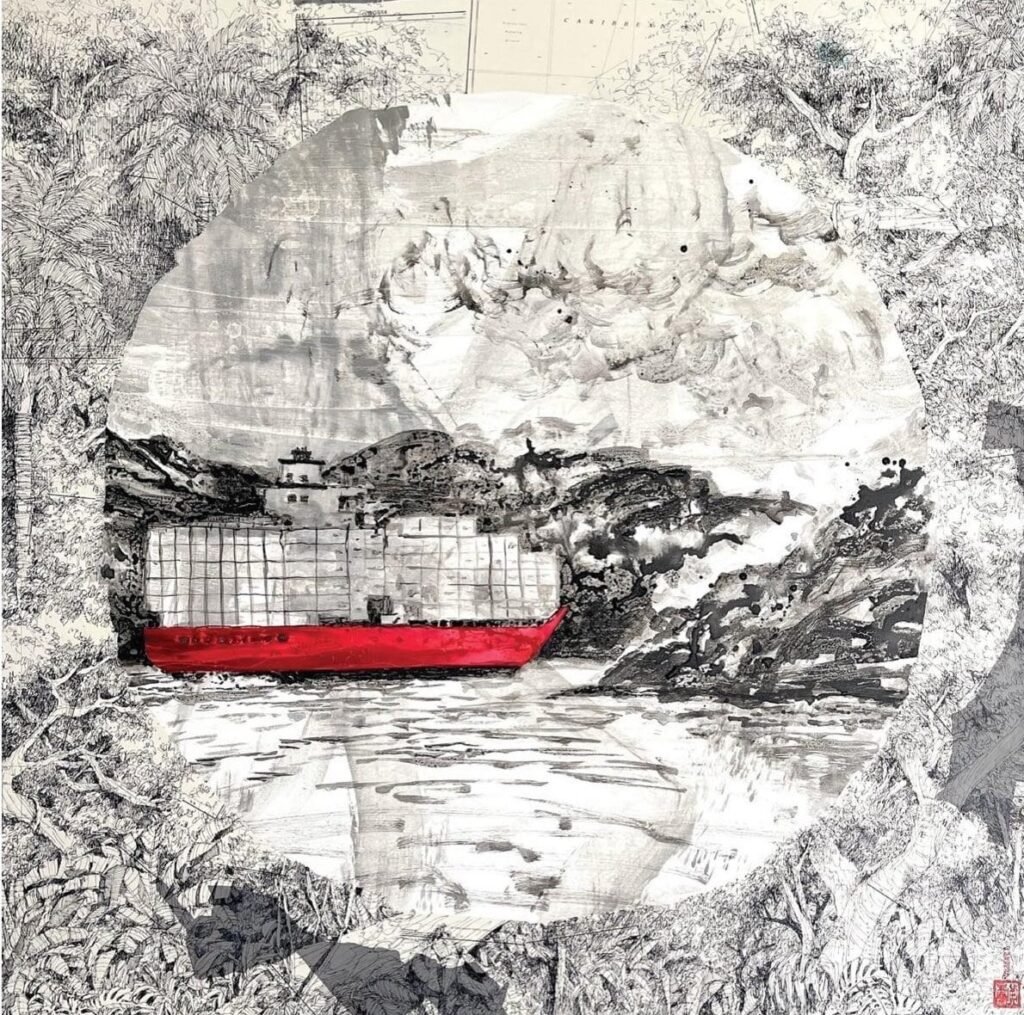
Gabriel Wong
Gabriel Wong, in turn, builds a bridge between identities. His work evokes the Panama Canal: a symbol of crossing, of connection between geographies and cultures. A son of the Chinese diaspora born in Panama, his compositions seem to search for a balance between roots and belonging. In his canvases, nature blends with history, and the symbolic with the material, in a continuous flow that recalls water and memory, as if each stroke were a threshold between two worlds.

Gennaro Rodríguez
Mónica Lokan and Gennaro Rodríguez move gracefully through the terrain of abstraction. Their works evoke organic forms that, without being figurative, suggesting the vegetal, what grows from within, from a silent vital pulse. Braulio Matos and Eduardo Navarro, by contrast, turn to the expressive force of the zoomorphic. Their figures seem to emerge from a personal mythology where the animal is power, symbol, and movement. Each, in their own language, keeps alive the tension between form and background, between restraint and energy.
This exhibition unfolds like a constellation of voices that, without renouncing their singularities, find harmony in chromatic limitation. 7 Black, White, Grey does not seek to impress, but to suggest. In these times of visual saturation, this exhibition feels like a necessary whisper—an invitation to pause, to look closely, to be enveloped by the texture of visual silence, where the works begin to speak.
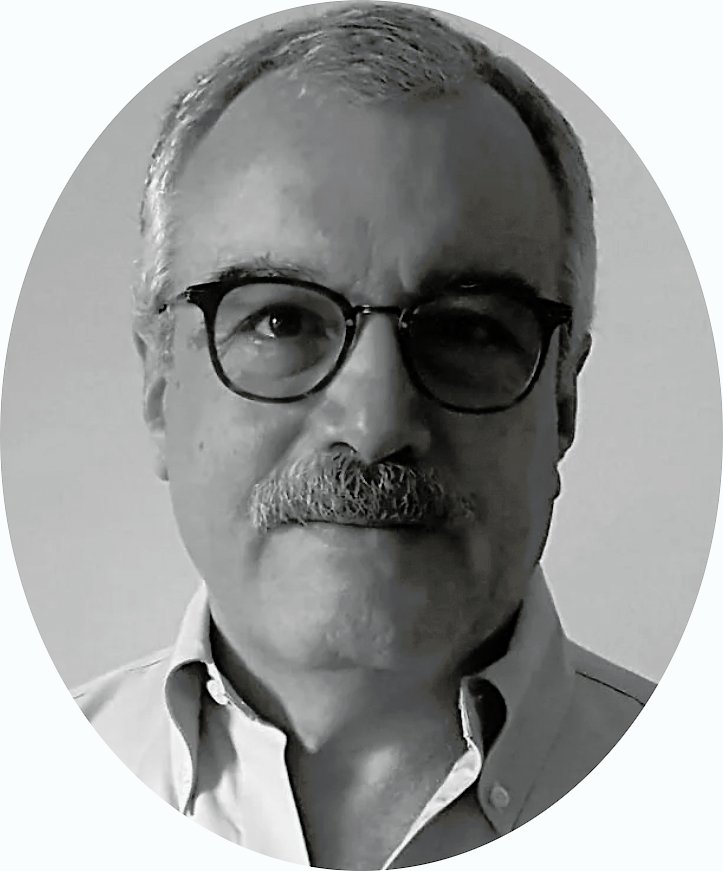
Cesar Sasson
Ciudad de Panamá, Panamá
Marzo 2025


